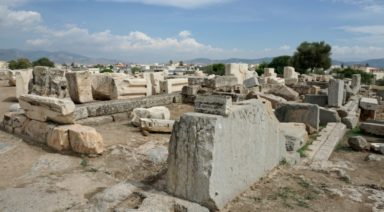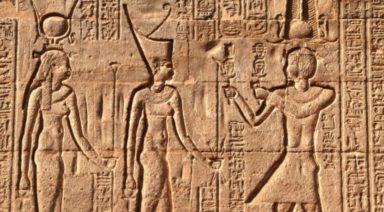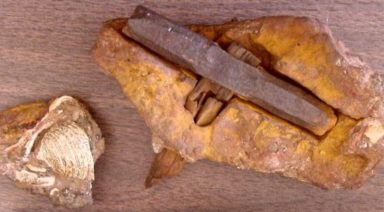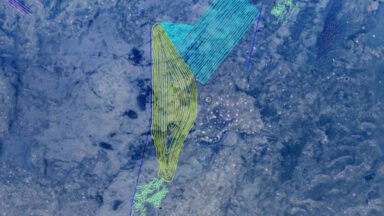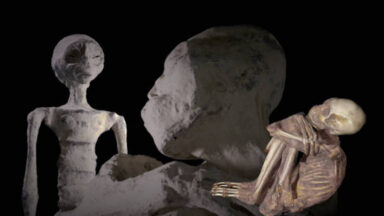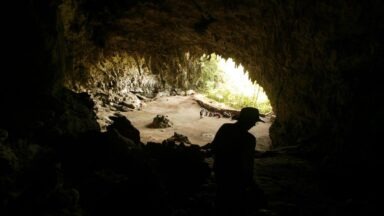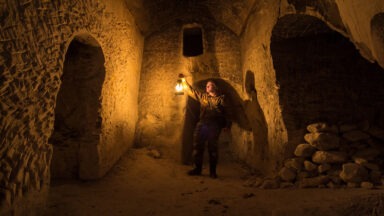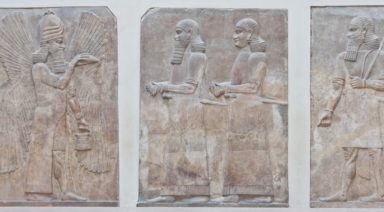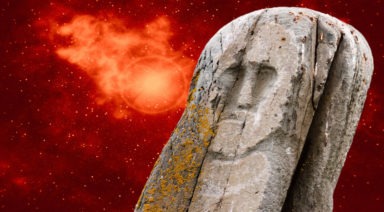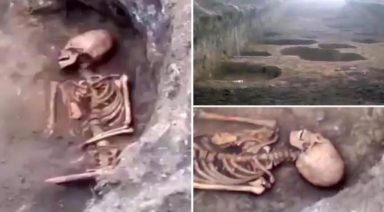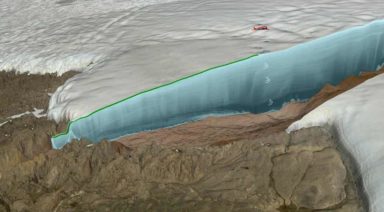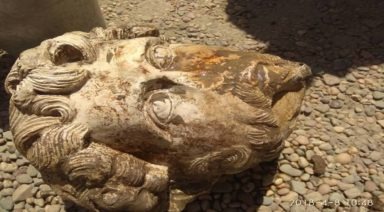Puma Punku; a Mystery That May Be Greater Than the Pyramids
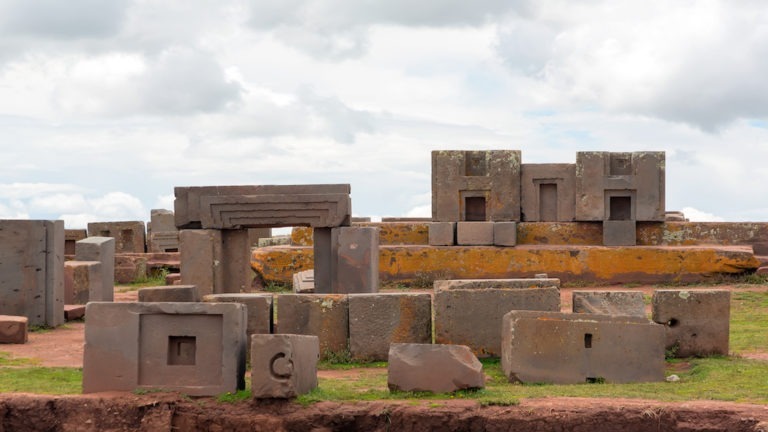
Pumapunku, also spelled Puma Punku, is the remains of a holy site in the jungles of Bolivia that has attracted much attention as of late. The name means “door of the puma,” and as far as archaeologists know, Puma Punku was a thriving, ancient town originating somewhere around 500 and 600 C.E.
Here we are, a century-and-a-half later, and irrepressible rumors continue to grow that Puma Punku’s massively heavy stone block structures were cut so precisely that highly advanced, ancient technology seems to be the only explanation for their craftsmanship.
Located 45 miles west of the modern-day city of La Paz, Puma Punku is situated in the still-thriving city of Tiwanaku, high upon a desert plateau of the Andes Mountains, at an altitude of more than 12,000 feet. Tiwanaku is significant in Inca traditions, the place where it was once believed the world was created.
In this isolated part of the world stand amazing smooth stone structures featuring precision-made cuts, clean right angles, and expertly fitted joints. The megaliths are among the largest on earth, with some weighing several tons. While many of the structures are still standing centuries after their inhabitants disappeared, most of the buildings are scattered and broken around the area, leaving researchers to wonder what possibly could have tossed around impossibly heavy buildings.
Modern Technology Facilitates Puma Punku Reconstruction
Until recently, due to the condition and placement of so many stones laid strewn across the landscape, there was really no way of “seeing” what Puma Punku may have looked like during its peak. Owing to the work of University of California – Berkeley researchers, Puma Punku mapping has brought the ancient archaeological site into perspective.
Using historical data, 3-D-printed pieces, and architectural software, Berkeley archaeologist Alexei Vranich’s virtual reconstruction of Puma Punku provides a glimpse into the structure’s original appearance.
Vranich said the ruins were reminiscent of a giant Lego set, and he said, “We attempted to capitalize on archaeologists’ learned ability to visualize and mentally rotate irregular objects in space by providing them with 3-D printed objects that they could physically manipulate.”
Were the Monuments Beyond the Capability of Human Beings?
Gizmodo notes that Puma Punku was an advanced Andean architectural achievement. “Spanish Conquistadors and others who visited the site during the 16th and 17th centuries described it as a ‘wondrous, though unfinished, building with gateways and windows carved from single blocks.’
Pumapunku displayed a level of craftsmanship that was largely unparalleled in the pre-Columbian New World, and it’s often considered the architectural peak of Andean lithic technology prior to the arrival of the Europeans. Even today, the stonework of the temple is considered so precise that ancient alien enthusiasts claim it was made by lasers and other extraterrestrial technologies.”
David Childress, the author of Lost Cities and Ancient Mysteries of South America, noted that the massive chunks of granite were seemingly scattered around like children’s toy blocks as if a giant cataclysm laid waste to Puma Punku in one fell swoop. Archaeologists are baffled by what Puma Punku was and how it looked, said Childress. The purpose of the enormous structures has yet to be explained.
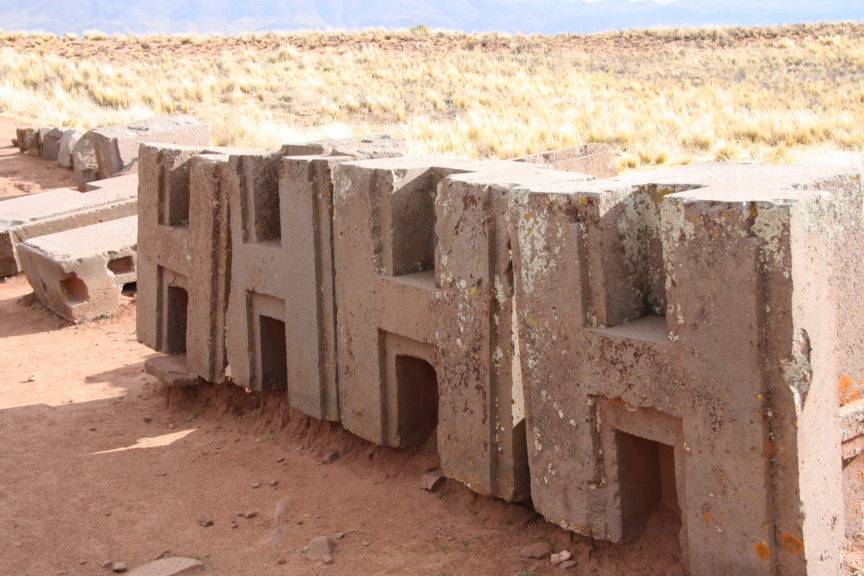
Precisely cut H-shaped blocks at Puma Punku
One fact that is undeniable, however, is that the entire region and its people were important in the ancient world of South America. Theirs was the dominant culture of the Lake Titicaca basin, with an empire covering vast amounts of area in present-day Bolivia, Peru, and Chile.
Just after World War II, Austrian archaeologist Arthur Posnansky had a hypothesis that was far ahead of his time. His writings about the Puma Punku stones in Tiwanaku have been kept alive by Graham Hancock and other writers who defer to Posnansky’s dating of the site to support their theories.
Posnansky, who worked at the site for decades, estimated that Puma Punku was far older than academics surmised. By examining the ruins and their relationship to the stars, the archaeologist dated the ruins to be an astounding 15,000 years old.
As with so many areas featuring crafted structures of such weight and size — some of which are more than 20 feet tall and tens of thousands of pounds — skeptics of academic conclusions begin with the same questions: “How were these structures built, and who really built them?”
And the question remains how primitive people could have created smooth and flawless right angles and circular holes in Puma Punku stones with crude hammers and chisels. Even today, the fashioning of these megaliths can only be accomplished with advanced diamond-tipped saws and drill bits. Were there Puma Punku ancient aliens whose technology remains ignored?
Skeptical Logic Has Not Solved the Mystery
Some skeptics claim that the alien theory is nonsense, leaving Puma Punku debunked. Skeptic Brian Dunning, the host of the Skeptoid podcast, described the site’s row of H-shaped blocks that have approximately 80 faces on them; and all matching each other with great precision. These stones, he wrote, suggest prefabrication not found at the other Tiwanaku sites. “In addition, some of the stones were held together with copper fasteners, some of which were cold hammered into shape, and others that were poured into place molten.”
Dunning applied logic to the mystery, suggesting that perhaps the Puma Punku blocks were not chiseled, but rather poured using concrete or some such similar material. However, no evidence has thus far supported the poured concrete theory.
Overall, argues Dunning, Puma Punku may not be a fantastic feat too great for humankind. He points out that the Greek Parthenon was built a thousand years before Puma Punku, “and yet nobody invokes aliens as the only explanation for its great beauty and decorative detailing that more than rivals Pumapunku’s angles and cuts.”
Regardless of the opinions of skeptics, the Puma Punku mystery persists, because no scientist to date has given a probable explanation for the buildings and how they were constructed.
No Closer to Solving the Puma Punku Mystery
While the site of Puma Punku in Western Bolivia remains a crowning achievement of Andean architecture, and it rivals sites found around the world, scientists have very few answers regarding the most basic questions of who, what, when, and why. Modern archaeologists are not about to entertain the idea of using lasers, ancient alien visitations, or otherworldly means of transporting blocks of stone for miles without any mechanized vehicles. So where does this leave us?
We may add one more possible clue to this story. The mummies of Puma Punku, preserved on one of the Tiwanaku’s most sacred sites, provide evidence that all members of society — from infants to the elderly — regularly used psychoactive, hallucinogenic plants. It remains to be shown whether their forays into other dimensions offered these early people a special insight into how to create their megaliths or even how to contact beings who could teach them advanced methodologies.
Mount Roraima: A Floating Island Shrouded in Mystery

Hiking is a great way to explore nature, get exercise, spend time with friends, and … travel back in time?
Even for the most seasoned of explorers, Mount Roraima, a plateaued mountain about 1,300 feet high, located where Brazil, Venezuela, and Guyana converge, might prove to be an experience far beyond the typical.
Mount Roraima National Park, also known as “Monte Roraima” and the “floating island of Venezuela,” is different than the usual hiking trail or even the usual mountain. Its remote location, mixed with the mysterious air of untouched territory and indigenous folklore, makes it an adventure that promises much more than many who climb it bargained for.
Mount Roraima History
Before European conquistadores arrived in South America, indigenous populations revered Mount Roraima as a regional symbol, referring to it as the “Axis Mundi,” a tree where all the world’s fruits and vegetables grow. It was a peaceful and tranquil place, protected by the Macuxi people.
However, over time, the arrival of foreigners in search of El Dorado and landscapes steeped with gold meant that the purity of Mount Roraima would not remain intact forever.
Later, the arrival of miners marked a change in the environment of Mount Roraima, with alcohol, violence, prostitution, and venereal disease infecting the area. High-pressure water hoses blasted open the land in search of treasure left pools of water, which bred disease. The Macuxi thought they would be able to peacefully coexist and work together with the miners, but this turned out not to be the case.
The trend continued into the present day.
The Brazilian government sought to build dams, roads, and form a municipal government over the territory, claiming those in the region wanted the same infrastructures as the rest of the country. However, the Macuxi stood their ground against the changes, blocking construction and impeding the development where possible.
For the time being, the dam project has been abandoned, with the governor citing the expense to reach the remote location as the primary reason for leaving it behind, not the Macuxi resistance.




